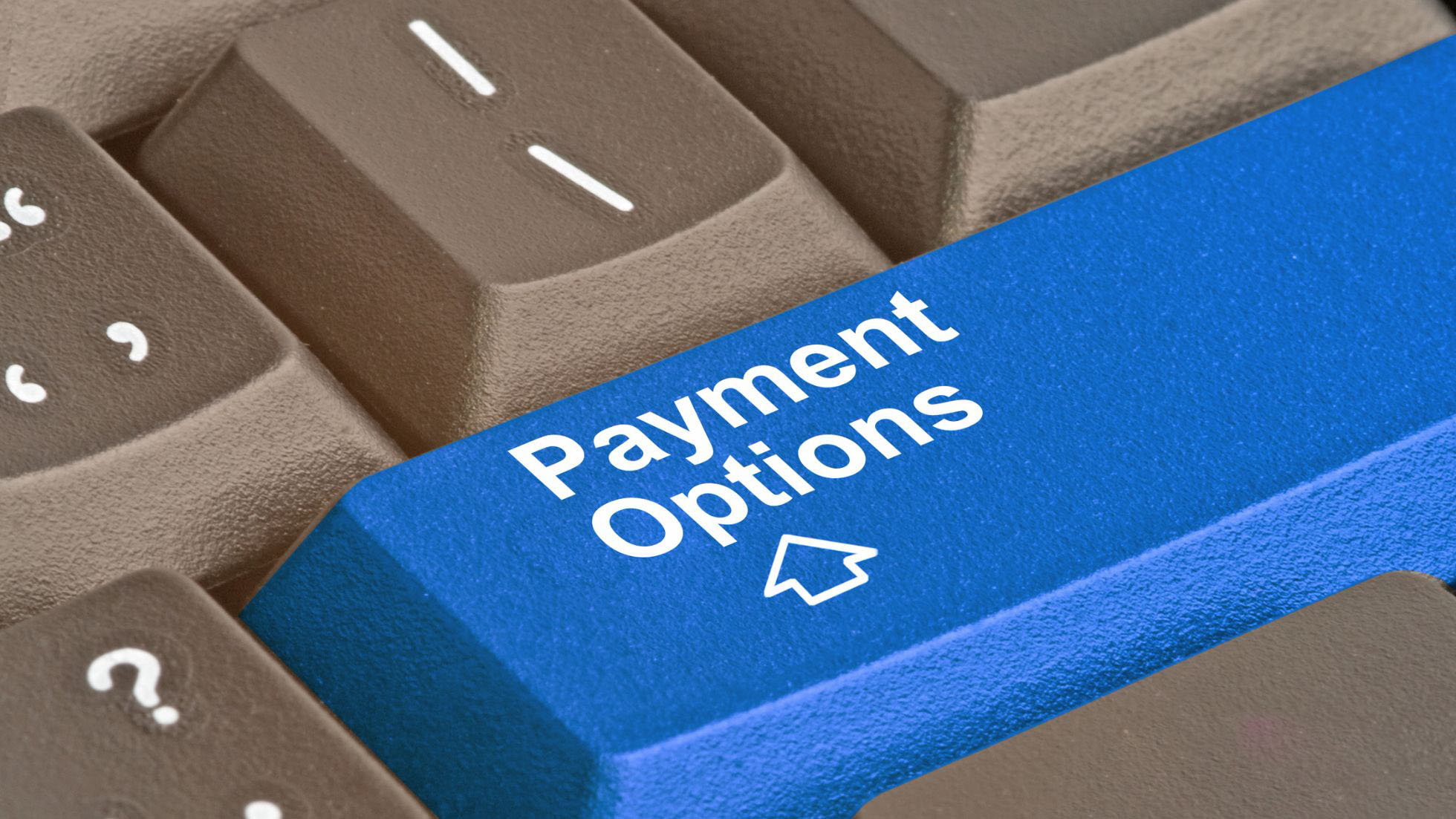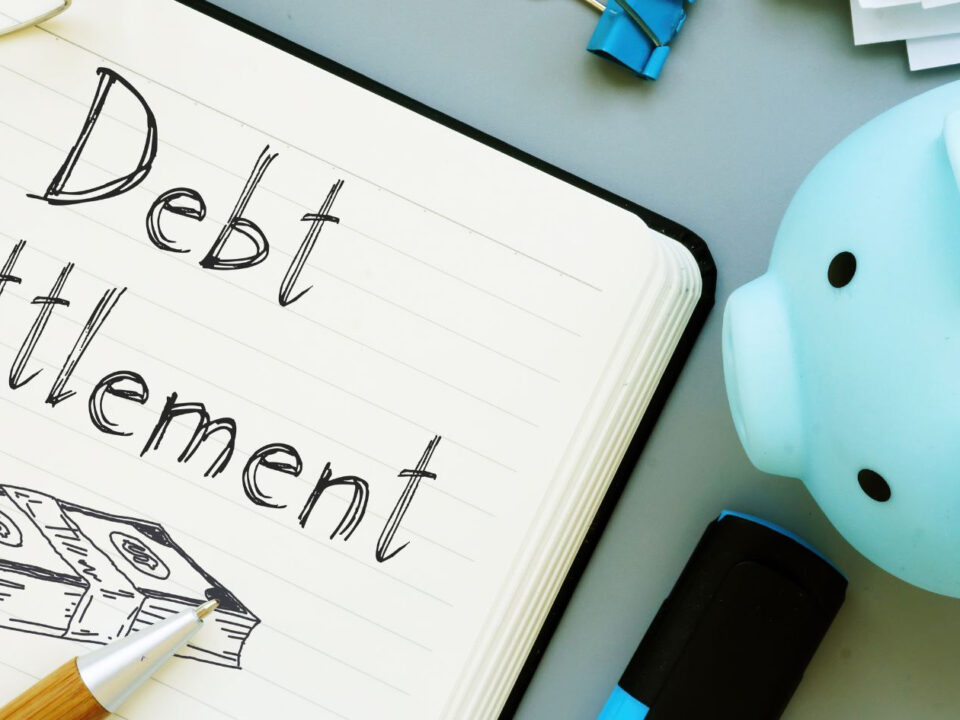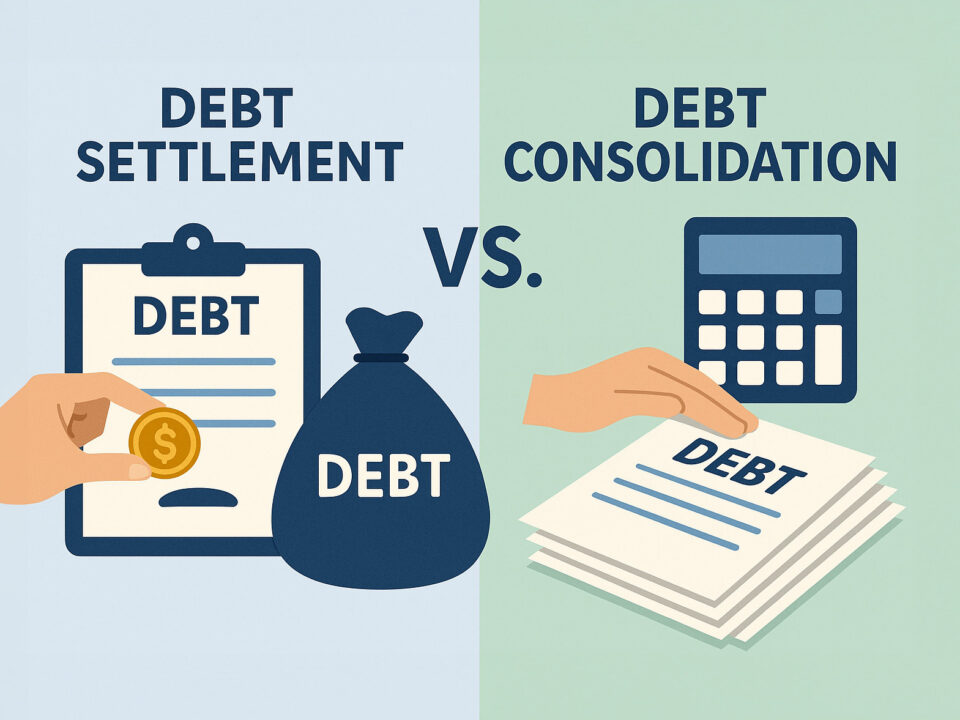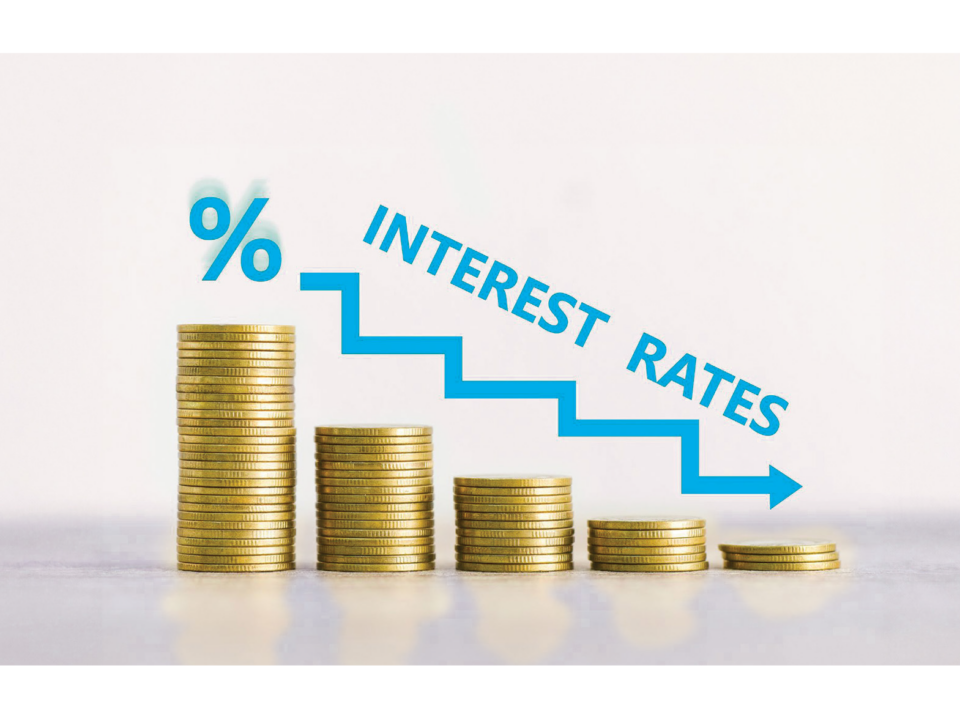
Debt relief options offer a lifeline for those feeling trapped under financial stress. Debt doesn’t just weigh down your wallet; it can impact your peace of mind, your family’s future, and your long-term goals. Credit card debt, medical bills, and high-interest loans can seem insurmountable, but the right relief option can help you breathe easier. Imagine breaking free from the anxiety of monthly payments that never seem to end. With a realistic strategy, you can manage your money effectively, settle your debt, and take back control of your finances. Whether it’s debt consolidation loans or credit counseling, finding the right path can mean the difference between ongoing stress and a sustainable debt-free life. Start your journey toward financial freedom by exploring practical relief solutions that reduce interest rates, build financial security, and empower you to reach your goals.
Understanding Financial Stress and Debt Relief
The Impact of Debt on Mental Health and Financial Confidence
Debt can be overwhelming, affecting more than just your bank account. The constant worry about credit card debt, medical bills, and monthly payments can impact mental health, leading to stress, anxiety, and even depression. Financial stress chips away at confidence, making it hard to feel in control of your life or plan for the future. For many, the amount they owe feels like a burden that casts a shadow over everyday decisions, from family time to career ambitions. By addressing financial stress and finding solutions, you regain both mental clarity and self-confidence.
Why Tailored Debt Relief Options Can Be a Turning Point for Long-Term Stability
Customized debt relief options offer a path to financial security by matching strategies to individual needs. With options like debt management plans, debt consolidation loans, or credit counseling agencies, you can find a solution suited to your specific financial goals. Personal loans with reduced interest rates or structured repayment plans make it easier to handle credit cards and other high-interest debts. This personalized approach not only provides immediate relief but also paves the way for long-term stability, helping you build financial habits that support a stress-free, debt-free future.
Debt Relief Options for Immediate Relief
Debt Consolidation
What is Debt Consolidation?
Debt consolidation combines multiple debts into a single loan or payment plan, making it easier to manage. By consolidating debt, you simplify your monthly payments, and if you secure a reduced interest rate, you can lower the amount you owe over time.
Pros and Cons of Consolidating Multiple Debts
The main benefit of debt consolidation is streamlined payments, reducing stress from managing multiple credit cards and loans. It also offers potential interest savings. However, some consolidation loans may require collateral or carry fees, and not all debt qualifies for consolidation. Consider both your credit score and budget before consolidating.
Types of Loans Available for Consolidation (Personal Loans, Balance Transfer Cards)
Personal loans or balance transfer cards are popular for debt consolidation. Personal loans can offer fixed interest rates and structured terms, while balance transfer cards often provide low introductory rates. Choosing the right type depends on the amount you owe and your ability to pay off debt quickly.
Debt Settlement
How Debt Settlement Works
Debt settlement involves negotiating with creditors to pay a reduced amount of your total debt. This option provides relief by allowing you to “settle your debt” for less, but it often requires a lump-sum payment.
Key Factors to Consider When Negotiating Debt Settlement
Successfully negotiating a settlement requires understanding your credit report and interest rates. Be prepared to communicate with creditors, often with help from credit counselors, to establish a realistic settlement that fits your budget. Debt settlement can negatively impact your credit score, so weigh the benefits against potential drawbacks.
Risks and Benefits of Debt Settlement
Debt settlement can offer substantial savings, reducing financial burdens quickly. However, settled debts may stay on your credit report for several years, impacting your ability to secure future loans. It’s a powerful tool for immediate relief but requires careful planning to avoid further debt down the line.
Debt Relief Options for Long-Term Financial Health

Credit Counseling Services
What to Expect from a Credit Counseling Agency
A credit counseling agency provides expert guidance on managing debt, often offering budget counseling and personalized financial advice. These services help you review your credit report, understand interest rates, and develop realistic payment plans. Credit counselors can also work directly with creditors to lower monthly payments or negotiate terms.
Debt Management Plans and Their Effectiveness
Through credit counseling, many people enroll in debt management plans (DMPs), which consolidate multiple debts into one monthly payment, often with a reduced interest rate. DMPs are highly effective for consistent debt reduction, especially if you have multiple high-interest debts, allowing for gradual yet structured debt repayment over time.
Bankruptcy as a Debt Relief Option
Overview of Chapter 7 and Chapter 13 Bankruptcy
Bankruptcy offers debt relief by legally addressing unmanageable debt, with Chapter 7 and Chapter 13 being the most common options. Chapter 7 bankruptcy eliminates eligible debts, providing a fresh start but typically requiring asset liquidation. In contrast, Chapter 13 bankruptcy creates a structured repayment plan based on income, helping you retain assets while repaying a portion of your debt.
When Bankruptcy May Be a Suitable Choice
Bankruptcy is a serious step, suitable for those with overwhelming debt who have exhausted other options. It may be ideal for cases involving unmanageable medical bills, high credit card debt, or income loss, where repayment is no longer feasible.
Consequences of Bankruptcy on Credit and Finances
While bankruptcy can be a solution, it impacts your credit score and remains on your credit report for several years. This can make it challenging to secure loans or rebuild credit initially, so it’s crucial to weigh this option carefully, with long-term financial health in mind.
Choosing the Right Debt Relief Option for Your Financial Situation
Assessing Your Financial Goals and Personal Needs
The best debt relief options align with your unique financial goals and situation. Begin by identifying what you want to achieve—whether it’s immediate relief, reducing credit card debt, or creating a long-term debt management plan. Evaluate your monthly budget, expenses, and ability to make regular payments.
Questions to Ask When Evaluating Debt Relief Programs
When choosing a debt relief program, ask questions to ensure it meets your needs. Consider if the program can lower interest rates, if it fits your budget, and how it may impact your credit score. Ask about the type of support you’ll receive and any fees involved.
Comparing Short-Term vs. Long-Term Outcomes of Each Option
Each debt relief option has different outcomes. For immediate relief, options like debt consolidation or settlement may offer quick solutions but may affect your credit report. For long-term stability, credit counseling or debt management plans provide structured repayment without drastic credit impacts. Weigh both short- and long-term benefits before committing to a plan.
How to Get Started with Debt Relief Options
Finding a Trusted Financial Advisor or Credit Counselor
Begin by researching and choosing a reputable credit counselor or financial advisor with experience in debt relief. Look for advisors affiliated with credible credit counseling agencies or financial organizations that prioritize your best interests. This ensures guidance that aligns with your financial goals.
Preparing Your Financial Information for Evaluation
Gather all relevant financial documents, including credit reports, loan statements, and monthly budgets. Having a clear picture of the amount you owe and your income sources will help advisors assess your situation accurately.
Steps to Apply for and Set Up the Selected Debt Relief Option
Once you choose a debt relief path, follow the application steps provided by your counselor or advisor. This often involves filling out forms, setting up payment schedules, and organizing debt management plans or debt consolidation loans. Stick to the outlined steps to ensure your relief plan supports a successful, stress-free transition toward financial stability.
Final Tips for Managing Financial Stress with Debt Relief Options
Staying Committed to Your Financial Plan
Consistency is essential in managing debt and building financial stability. Commit to your chosen debt relief options by following the payment schedules and budgeting strategies. Staying on track will help you reach financial freedom without added stress.
Building Habits for Financial Resilience
Create habits that support long-term financial health, like tracking expenses, prioritizing savings, and managing your money effectively. These habits will help you avoid future debt and build resilience against financial challenges.
Resources and Support Networks to Help Maintain Stress-Free Finances
Tap into support networks like financial advisors, credit counseling agencies, or community groups. These resources provide guidance and encouragement, helping you stay motivated and informed as you work toward a debt-free life.
Finding the right debt relief options can help you take control of your finances and reduce stress. By exploring personalized options, you can build a plan that aligns with your financial goals, supports your mental well-being, and creates a path to long-term stability. If you’re ready to start your journey, schedule a consultation with Prudent Financial Solutions. Their expert guidance can help you choose the best solution for your unique situation, empowering you to regain financial freedom and peace of mind.
You Might Also Like:
How to Maintain a Debt-Free Lifestyle in a High-Inflation Economy
Planning in Your 20s, 30s, 40s, and Beyond, Maximizing Your Retirement Savings
Why You Need an Emergency Fund and How to Start One
Maximize Your Savings: How to Use Debt Repayment Calculators Effectively
Financial Planning Decoded: From Budgets to Investments
Getting a Debt Consolidation Loan with Bad Credit in California
Prepare Now for Higher HELOC Payments: 5 Tips to Get Ready



